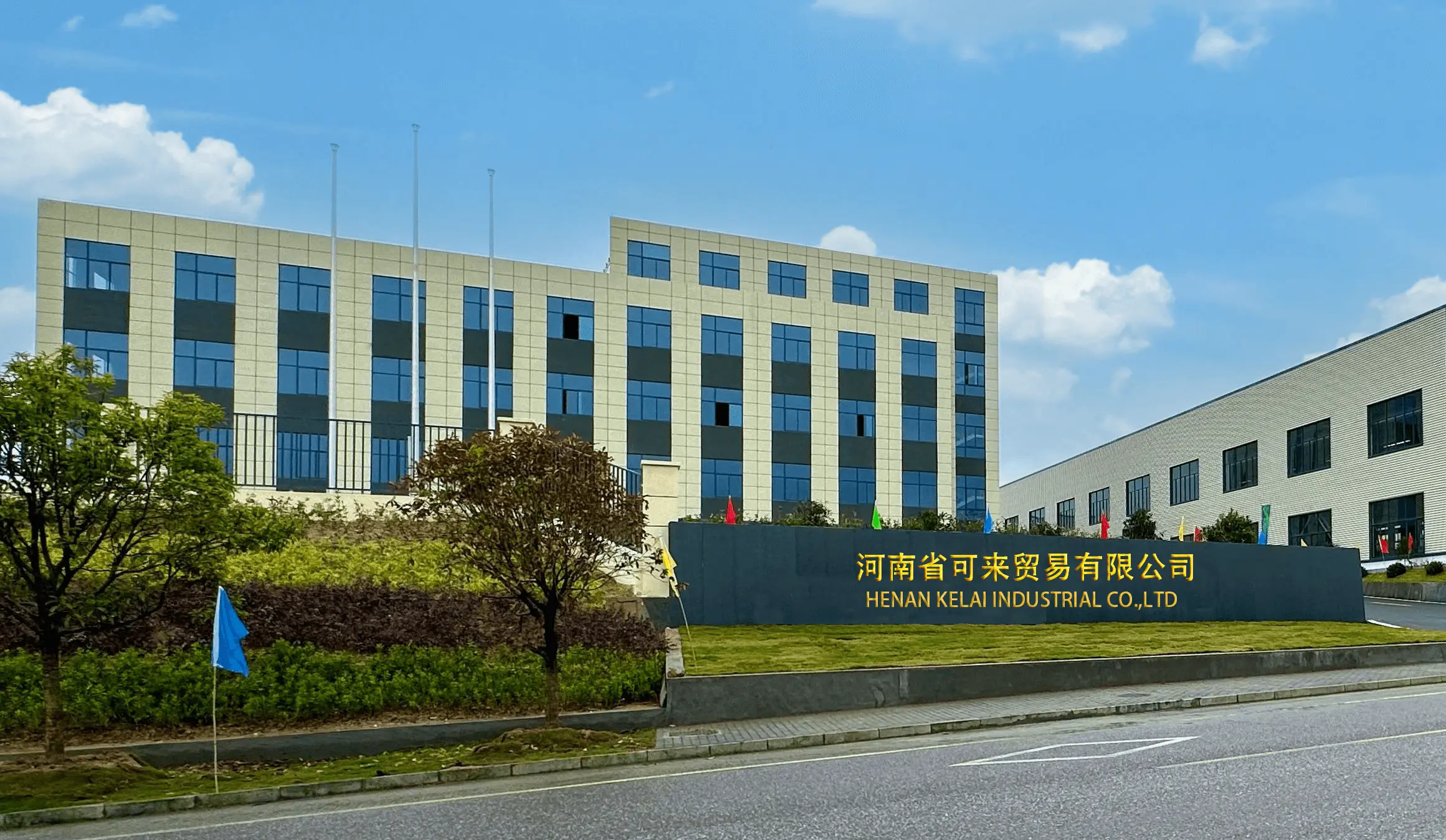Precast concrete boundary wall machine diagram:
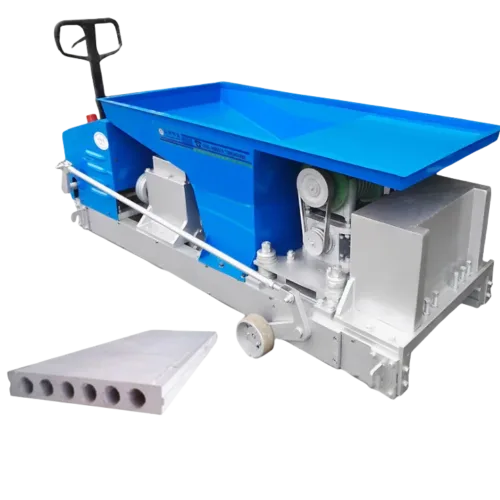
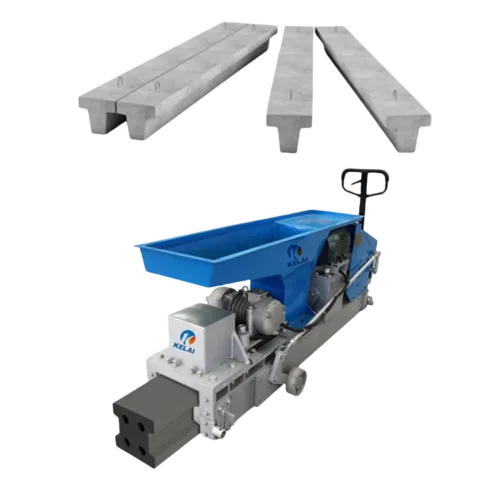
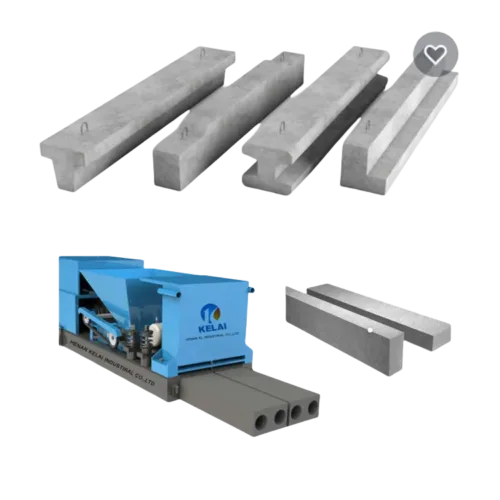
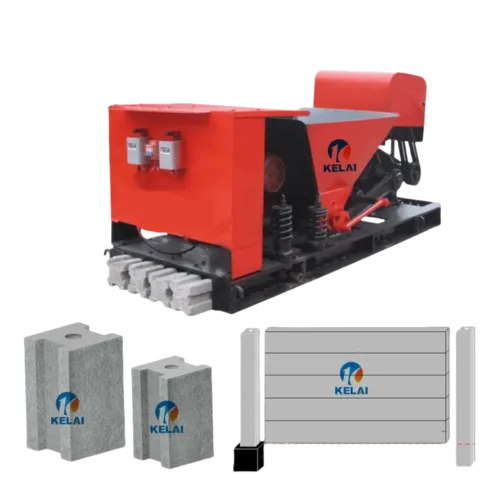


Precast concrete boundary wall machine are specialized production systems designed to manufacture precast wall panels and associated support elements (such as H-columns) used for building boundary or fence walls. These machines streamline the production process by integrating several functions, including concrete feeding, molding, vibration compaction, and demolding. Here’s an overview:
Overview
Purpose:
These machines are engineered to produce uniform, high-quality concrete panels that serve as boundary walls for residential, industrial, agricultural, and infrastructure projects. They are especially popular for creating non-load-bearing walls that require quick installation and durable performance.Types of Systems:
There are variations designed for light-duty panels (typically around 50 mm thick and 300 mm wide) and heavy-duty panels (up to 120 mm thick and wider dimensions). Many systems also include dedicated machines for casting supporting H-columns that interlock with the wall panels for added stability.
Key Features
High Productivity:
Precast machines can produce large volumes of panels rapidly. For example, extrusion-based systems can generate continuous wall panels at speeds of up to several meters per minute, significantly reducing labor and time on the job site.Automation & Consistency:
Many systems are semi-automatic or fully automatic, incorporating programmable controls (like PLCs) to ensure precision in panel dimensions, reinforcement placement, and surface finish. This consistency helps reduce material waste and minimizes the need for on-site adjustments.Vibration Compaction:
Integrated vibration systems compact the concrete mix, ensuring uniform density and superior surface finish without the need for additional external compaction. This contributes to the strength and durability of the panels.Customization:
The machines offer adjustable molds and settings to accommodate various wall panel designs, textures, and reinforcement configurations. This allows manufacturers to tailor panels for specific project requirements, whether for aesthetic, structural, or insulation needs.Material Efficiency:
By continuously extruding and compacting concrete, these machines ensure minimal waste. The recycled concrete mix (if any) can often be fed back into the process, further enhancing cost efficiency.
Working Principle
Concrete Feeding:
A well-calibrated concrete mix, often including cement, sand, aggregates (or lightweight materials for insulation), and reinforcement (steel wires or mesh), is fed into the machine.Molding & Compaction:
The concrete is directed into a custom mold where it is extruded and vibrated simultaneously. The vibration ensures that the mix fills the mold completely, eliminates air pockets, and creates a smooth surface.Reinforcement Integration:
Many machines are designed to incorporate reinforcement directly into the panels during the casting process, either by automatically placing steel wires or by using pre-set inserts.Curing & Demolding:
After compaction, the panels are cured either within the machine or in dedicated curing chambers. Once cured, they are demolded and may be further finished or cut to the required dimensions.Support Element Production:
In systems that also produce supporting H-columns, a similar process is used to manufacture the columns that will be integrated with the panels to form a complete boundary wall system.
The H posts are used for supporting the wall panels in the structure of concrete boundary wall machine.The size of H post depned on what size of wall panel it need to support. In generally, the commonize of H post is 150*150,200*200,200*180,230*180mm etc.


